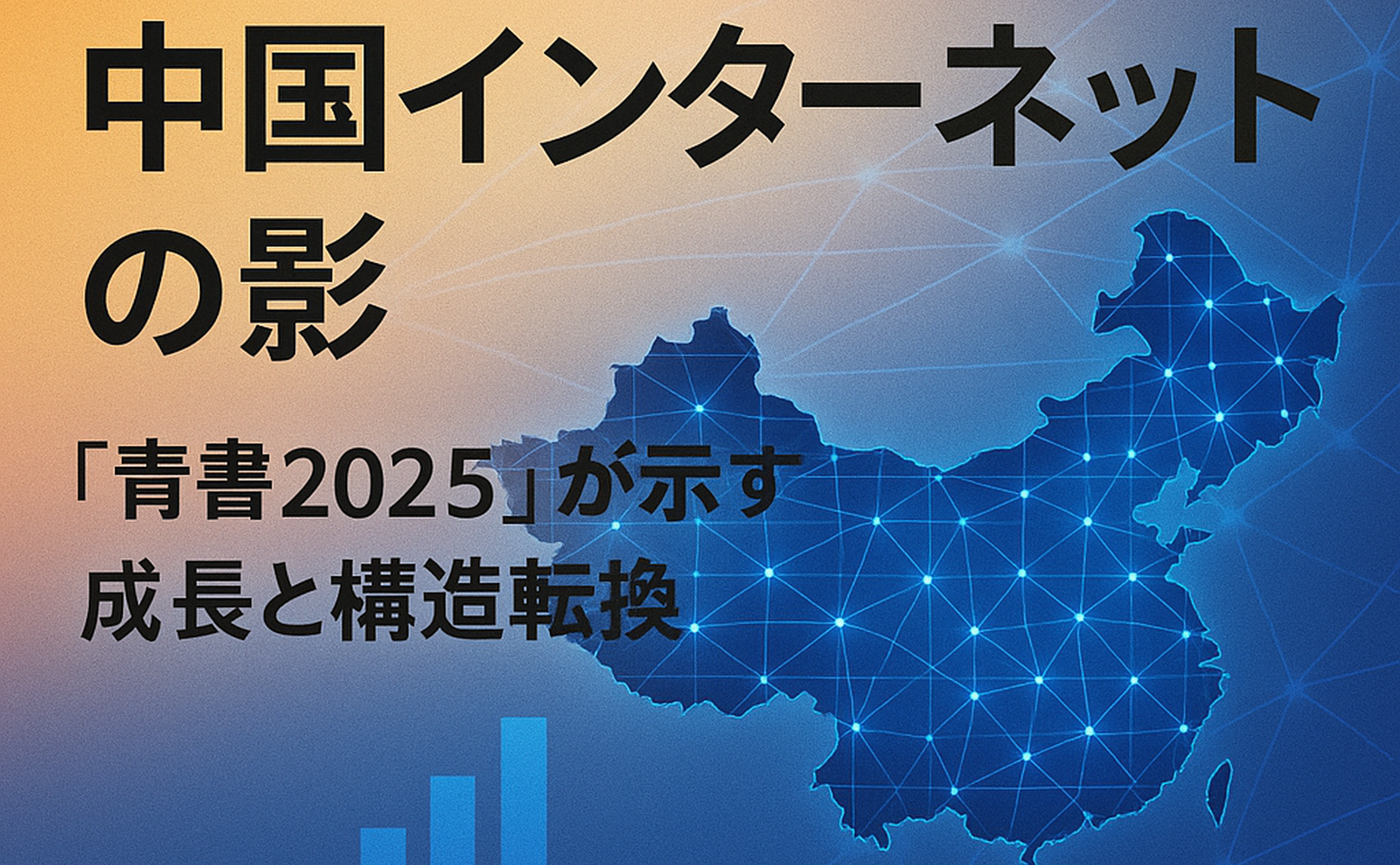On November 8, 2025, the China Internet Development Report 2025 and the World Internet Development Report 2025, compiled under the leadership of the China Cyberspace Studies Institute, were officially released at the World Internet Conference Wuzhen Summit.
Since 2017, these reports have been published annually for nine consecutive years, attracting global attention as major theoretical and practical studies on the evolution of China’s Internet.
The main findings of the reports can be summarized as follows:
- The number of fixed broadband subscriptions in China has reached 684 million.
- The total number of 5G base stations stands at 4.55 million, and 5G mobile users now number 1.118 billion.
- China has become the world’s largest holder of artificial intelligence (AI)-related patents, accounting for about 60% of the global total.
- It also ranks first in 6G patent applications, representing roughly 40.3% of all filings worldwide.
- Additionally, China has remained the world’s largest e-commerce (EC) retail market for twelve consecutive years.
These figures strongly indicate that China’s Internet is entering a **new phase—both quantitatively and qualitatively—**in terms of digital economy, infrastructure, and technological competition. Below, I summarize the main points with some personal commentary.
Infrastructure Expansion and Quantitative Saturation
The growth in infrastructure indicators—fixed broadband, 5G users, and base stations—is remarkable, highlighting once again the sheer scale of China’s market, particularly with over one billion 5G mobile users.
However, this phase of “quantitative expansion” may be reaching an inflection point toward “saturation” or “maturity.” In other words, the focus is likely shifting from “increasing subscriptions” to “enhancing usage density among existing users” and transitioning toward “next-generation 6G and AI-driven utilization.”
In this context, the fact that China accounts for about 40% of global 6G patent filings suggests a strategic move to lead in next-generation infrastructure.
That said, the number of patents does not directly translate into commercialization, as hurdles remain in investment, regulation, international collaboration, and market acceptance.
Technological Competition and AI Patent Dominance
China’s ownership of roughly 60% of the world’s AI-related patents is highly symbolic in the context of technological rivalry.
This reflects a national strategy in which AI advancement is driven by state leadership, institutional support, and coordinated corporate efforts.
Key implications include:
- An integrated innovation system where infrastructure, data, and research resources are mobilized collectively at the national level.
- A new wave of intellectual property competition in the post–patent-document era, particularly intense in Internet, telecom, and AI sectors, with China consolidating a strong position.
Nonetheless, moving from patent ownership to international standardization, global market expansion, and technology export entails challenges involving governance, trust, and competitive policy frameworks.
Expansion and Structural Transformation of the Digital Economy and EC Market
According to the reports, China has retained its position as the world’s largest EC retail market for twelve consecutive years.
This indicates not only the size of the consumer base but also a structural shift in how the online and mobile economy is positioned within the broader national economy.
Under policy frameworks emphasizing “Internet Plus Real Economy” and industrial upgrading through digitalization, the evolution extends beyond EC to encompass digital payments, platforms, infrastructure, logistics, and AI/IoT-based smart services.
However, the transition from market expansion to establishing sustainable profitability, international reach, and competitive advantage also exposes structural challenges such as monopolistic practices by major platforms, data use and privacy governance issues, and barriers to overseas expansion.
Governance, Control, and International Implications
As these reports show, Internet development and digital technology enhancement in China are inseparable from national strategy.
Institutional design, governance, and control over cyberspace and AI have become central pillars of China’s digital state model.
In this light, the release of the Blue Books at the World Internet Conference signifies an aspiration toward shaping a China-originated Internet model, asserting digital sovereignty, and engaging in international rule-making.
Indeed, the reports employ language emphasizing “building a shared future in cyberspace,” reflecting ambitions for global influence.
At the same time, this approach faces headwinds. Domestically and internationally, concerns persist regarding regional information control, speech restrictions, and the export of surveillance-related technologies.
Thus, behind the narrative of growth and technological leadership lies an undercurrent of strengthened governance and control, which may generate friction with the international community and pose risks to technological credibility.
Implications for Japan and Asia
Viewed from a Japanese and broader Asian perspective, China’s push toward digital and Internet dominance offers several insights:
- Japanese and Asian firms must acknowledge the enormous scale and growth of the Chinese market while also recognizing China as a competitive rival in technology, platforms, and international standardization.
- China’s speed and scale in digital infrastructure investment, 5G/6G and AI utilization, and service expansion provide a model worth studying—while also underscoring the need for counter-strategies in policy, technology, and standardization to avoid falling behind.
- It is equally critical to understand structural changes in governance, data regulation, and platform dominance. As China embeds digitalization into its national strategy, other nations and companies cannot afford to ignore this context.
Finally, it is essential not only to focus on growth and technological strength but also to pay attention to the risks—institutional, regulatory, and those related to international trust and technological transparency—that accompany them.
The China Internet Development Report 2025 and World Internet Development Report 2025 vividly depict China’s current state of Internet and digital economic expansion, both numerically and strategically.
Yet beneath this growth story lie deep structural transformations in governance and institutional control.
From the standpoint of Japan and Asia, the key is not merely to “tap into growth” but to “decode structural change”—a stance that is increasingly vital in navigating the digital future.

